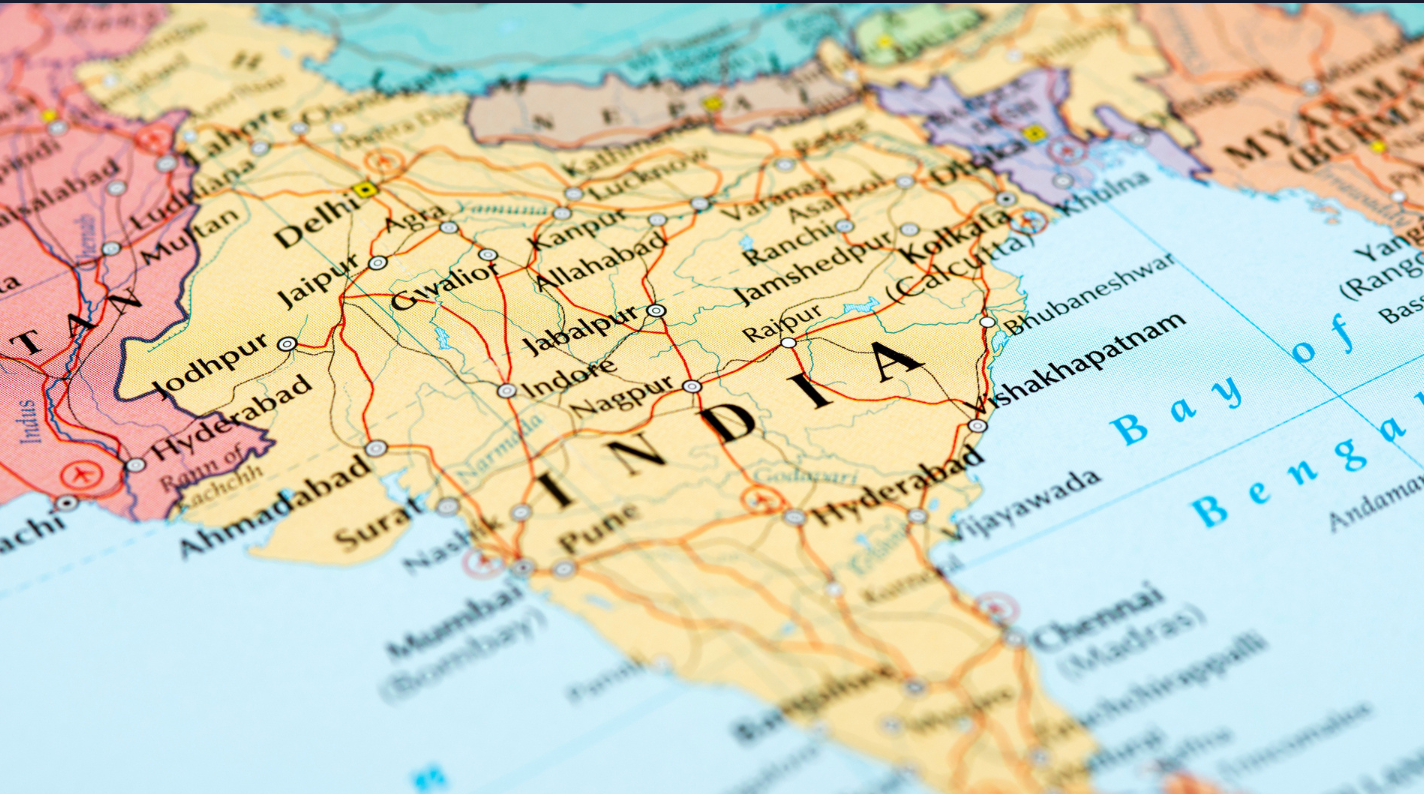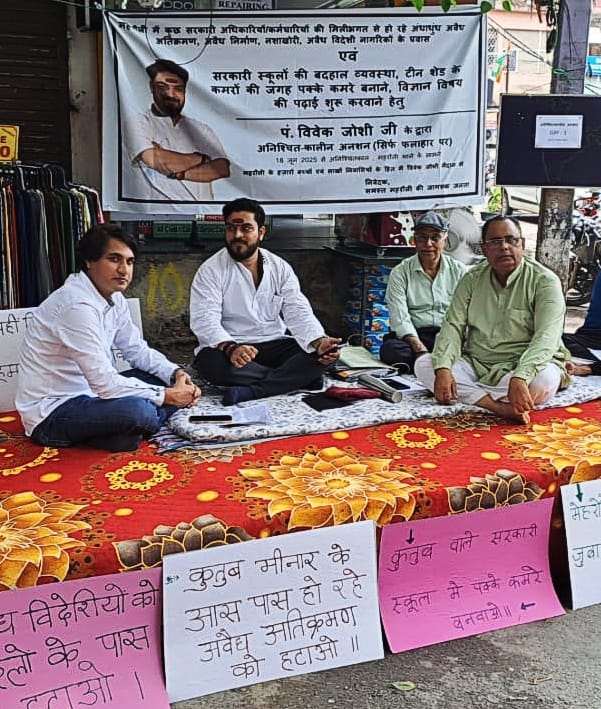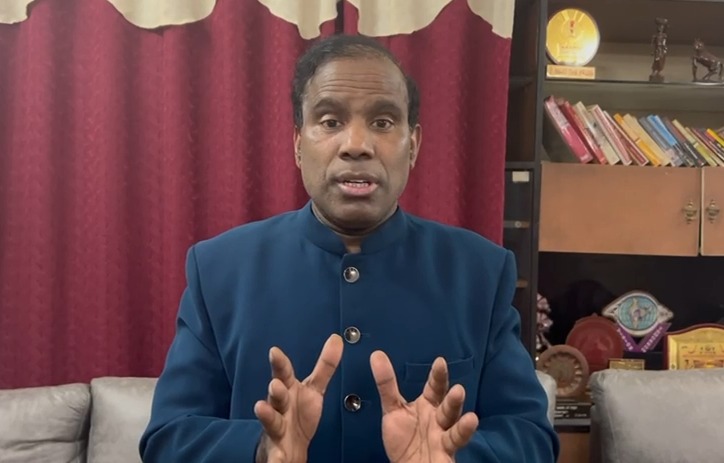Storm Watch 2025: Cyclonic Activity Over Arabian Sea Sparks Caution Across Coastal India

As the Indian summer progresses, the country’s weather radar has picked up an early warning sign of potential turbulence in the form of cyclonic activity developing over the east-central Arabian Sea. With monsoon patterns shifting and sea surface temperatures rising, meteorologists have alerted coastal authorities and citizens to prepare for possible storms in the coming days.
The India Meteorological Department (IMD) released a statement on May 20, 2025, forecasting the formation of a cyclonic circulation by May 21. While it’s still early to determine the full intensity or path of this weather system, the alert has heightened public and governmental attention, especially in states like Maharashtra, Gujarat, Goa, and Kerala.
🌊 Understanding Cyclonic Circulation
A cyclonic circulation refers to a system of winds rotating inwards to an area of low atmospheric pressure. It can be a precursor to a full-fledged cyclone if certain atmospheric conditions — such as warm sea temperatures and moisture in the middle layers of the atmosphere — persist.
Typically, the Arabian Sea and Bay of Bengal witness multiple cyclonic disturbances during the pre-monsoon (April–June) and post-monsoon (October–December) seasons. However, the Arabian Sea, in particular, has shown a notable increase in cyclonic activity over the last decade, often fueled by climate change, warmer waters, and erratic wind patterns.
⚠️ What the IMD Forecast Says
According to the latest updates from the IMD:
-
A low-pressure area is likely to develop in the east-central Arabian Sea around May 21, 2025.
-
It may intensify gradually depending on oceanic and atmospheric conditions.
-
Coastal regions of Maharashtra and Karnataka are likely to witness moderate to heavy rainfall, strong winds, and rough sea conditions.
-
Fishermen have been advised not to venture into the sea, and local administrations are on alert for possible waterlogging, infrastructure damage, and tidal surges.
The IMD has issued a yellow alert for Mumbai, indicating the likelihood of thunderstorms and rain in the region.
🏙️ Urban Concerns: Mumbai & Beyond
Mumbai, one of India’s most densely populated urban centers, is especially vulnerable to cyclonic disruptions. With its ageing drainage systems and high-rise buildings concentrated along the coastline, the city could face:
-
Waterlogging and flash floods
-
Power outages and fallen trees
-
Transportation disruptions, especially in suburban train and metro services
-
Emergency response strain due to simultaneous issues like health emergencies and traffic jams
Urban planners and municipal bodies are actively coordinating with disaster management authorities to set up temporary shelters, check drainage systems, and distribute emergency supplies in high-risk zones.
🌿 Climate Change and Rising Cyclone Frequency
Historically, the Bay of Bengal has been more cyclone-prone than the Arabian Sea. But since the late 2010s, the Arabian Sea has seen a sharp increase in the number and intensity of cyclones. Scientists attribute this to:
-
Rising sea surface temperatures, which act as fuel for storm formation
-
Changing wind patterns, which help storms sustain and travel longer distances
-
Atmospheric instability, with increased humidity levels in the mid-troposphere
These changes are direct consequences of global climate change, and India’s western coast is expected to see more frequent and intense storms in the future.
🛡️ Government Preparedness and Response
The National Disaster Response Force (NDRF) and State Disaster Response teams have already been briefed to remain on standby in case the system intensifies. Coastal state governments have begun:
-
Evacuating residents from low-lying areas
-
Inspecting shelters and emergency response mechanisms
-
Monitoring sea-level rise and issuing early warnings through mobile alerts and television
-
Stockpiling relief materials such as food, water, and first aid kits
Fisherfolk, who form the backbone of the coastal economy, have also been informed about the potential danger. The Fisheries Department has suspended all fishing activity along Maharashtra and Goa coasts until further notice.
📈 Economic and Industrial Impact
Cyclonic activity doesn’t just affect daily life; it also has economic ramifications. Disruptions in port operations, offshore oil drilling, and shipping lanes can have ripple effects on industries like logistics, fishing, and trade.
Companies based along the Mumbai-Pune industrial corridor are preparing business continuity plans, shifting critical IT operations to backup locations, and ensuring employee safety protocols.
💬 Voices from the Ground
Shivani Nair, a resident of Mumbai’s coastal Worli area, shared her concern:
“Every year the rains get worse. Now with cyclones forming early, we’re worried not just about waterlogging but also damage to homes. We’ve already stocked up on essentials.”
Ramesh Patil, a fisherman from Alibaug, said:
“We are used to rough seas, but cyclones are different. They are dangerous. We’ve pulled all our boats in and are waiting for further instructions.”
Author Profile

Latest entries
 DelhiJune 19, 2025Demolition of Homes in Mehrauli Without Rehabilitation Sparks Public Outrage
DelhiJune 19, 2025Demolition of Homes in Mehrauli Without Rehabilitation Sparks Public Outrage BusinessJune 19, 2025Birla Fertility & IVF Launches ‘Fertility Circle’ – India’s First Toll-Free Support Line for Judgement-free Fertility Guidance
BusinessJune 19, 2025Birla Fertility & IVF Launches ‘Fertility Circle’ – India’s First Toll-Free Support Line for Judgement-free Fertility Guidance FilmypatakhaJune 19, 2025Delhi MP Manoj Tiwari Launched Ziddi Jaat Trailer in National Capital
FilmypatakhaJune 19, 2025Delhi MP Manoj Tiwari Launched Ziddi Jaat Trailer in National Capital BusinessJune 19, 2025Indian Life Insurers Set New Business Growth Record in May 2025; Premium Collection Up 10.86% YTD
BusinessJune 19, 2025Indian Life Insurers Set New Business Growth Record in May 2025; Premium Collection Up 10.86% YTD








